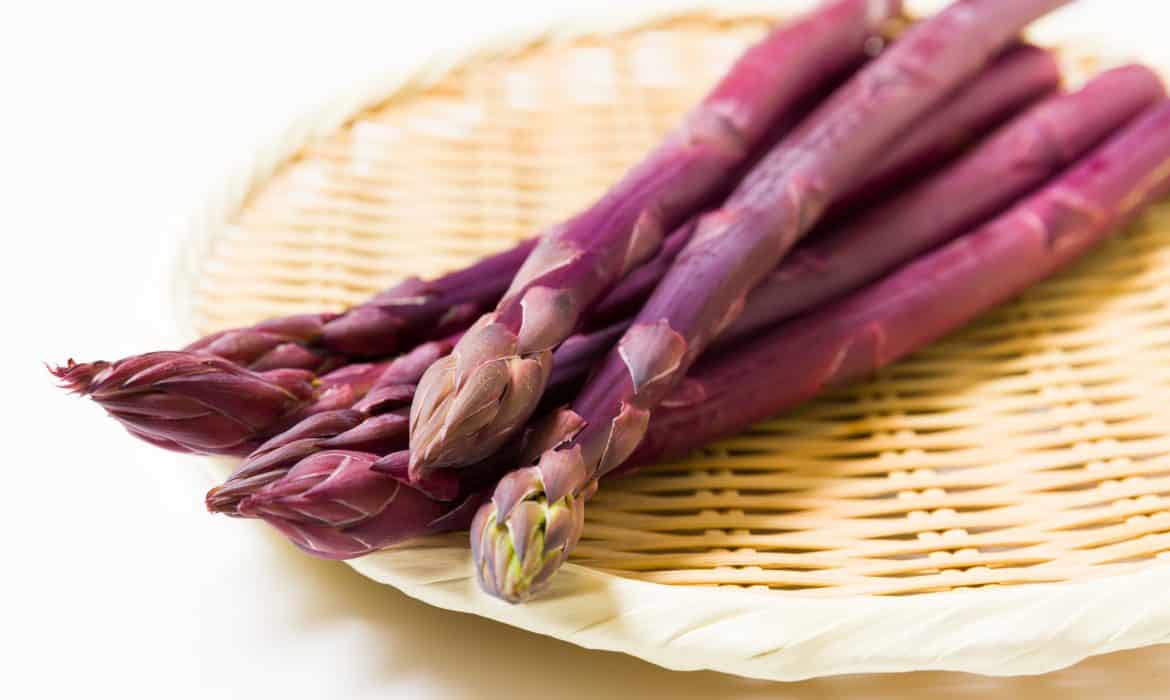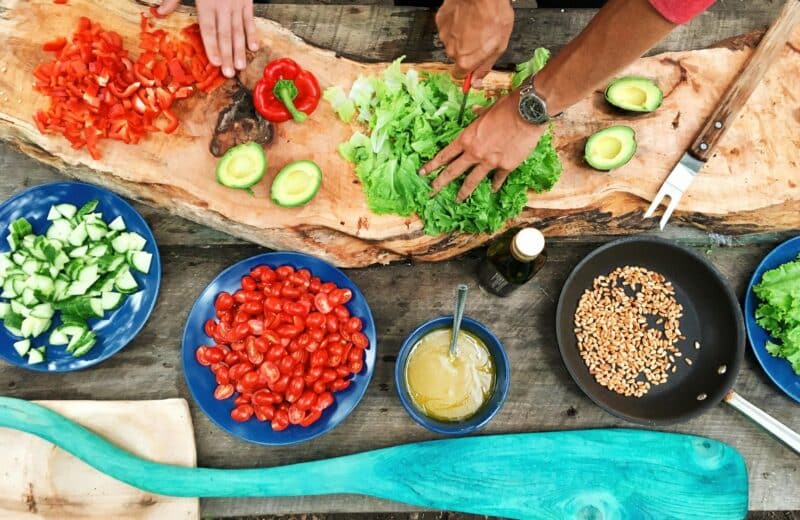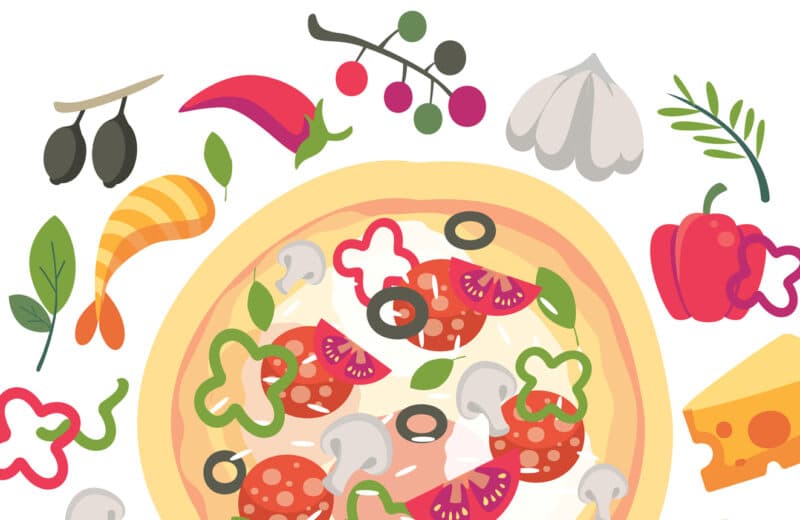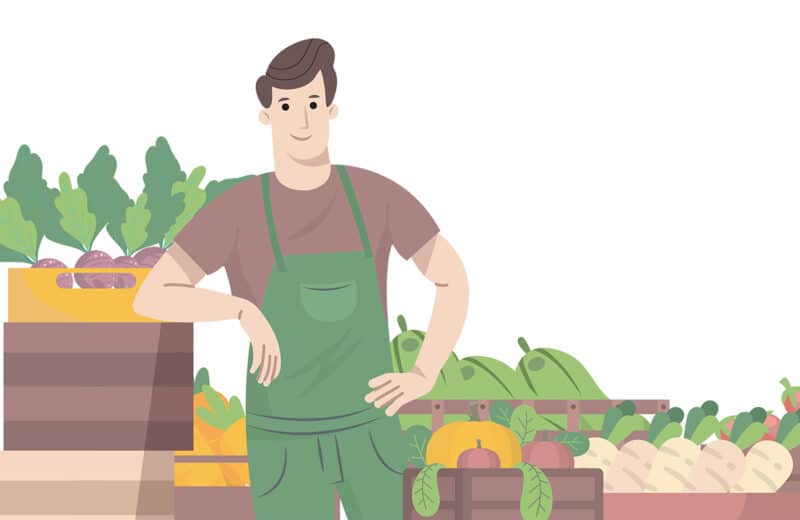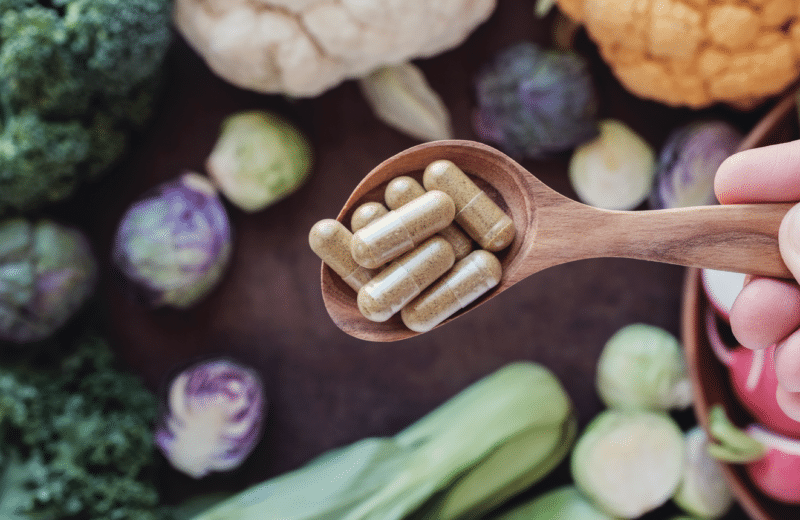By Gretel H. Schueller, EatingWell.com
“Only humans and birds have color vision,” notes David Heber, director of UCLA’s Center for Human Nutrition. He believes the ability to see color probably evolved as a way for us to better see–and eat–the bounty of colorful fruits and veggies. Lucky us!
Colors don’t just make food pretty; they’re a sign of nutritional power. And purple is mighty. This royal shade comes from anthocyanins–disease-fighting antioxidants. The pigment produces red, blue and violet foods, depending on the type of anthocyanin (there are hundreds).
“The deeper the red-purple, the higher the anthocyanin concentration,” explains Heber, author of “What Color Is Your Diet?” (William Morrow). Purple potatoes, for example, have antioxidant levels equal to kale and spinach.
There’s plenty of evidence to support the power of purple: Research on anthocyanins indicates they may be effective in preventing certain cancers, reducing the risk of heart disease and Parkinson’s and improving eyesight.
According to a study at the University of Scranton in Pennsylvania, a group of obese people with high blood pressure eating two servings of steamed purple potatoes a day significantly lowered their blood pressure by about 4 percent (6 points) after a month–making those potatoes almost as effective as oatmeal.
Beyond grocery staples like red cabbage, plums and eggplant, a cornucopia of indigo-hued produce is now available, including purple asparagus, baby artichokes, Brussels sprouts, carrots, cauliflower, kohlrabi, peppers, potatoes, tomatoes and wax beans–making it easier than ever to color your diet healthy.
(EatingWell is a magazine and website devoted to healthy eating as a way of life. Online at www.eatingwell.com.)
(c) 2015 EATING WELL, INC. DISTRIBUTED BY TRIBUNE CONTENT AGENCY, LLC

